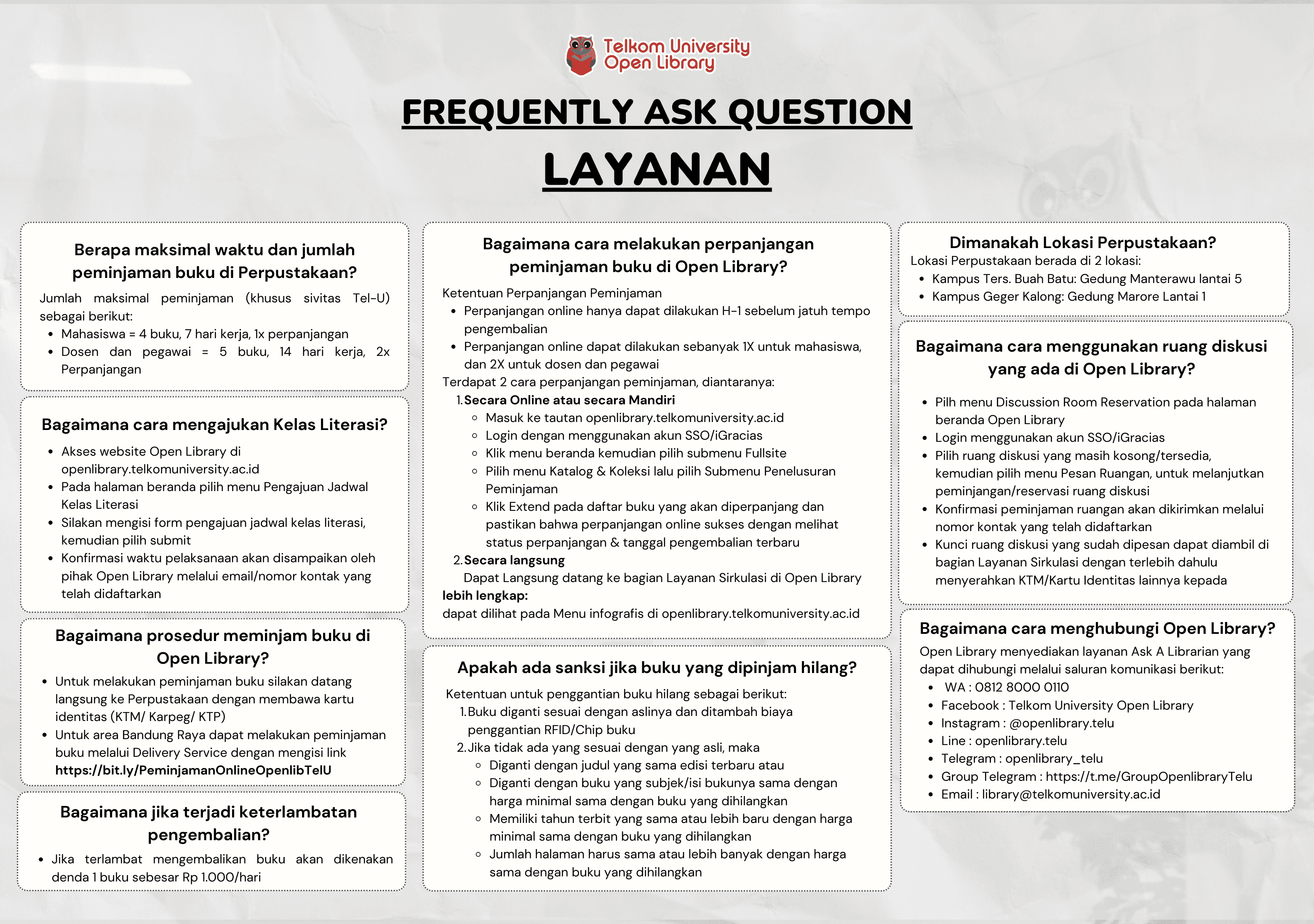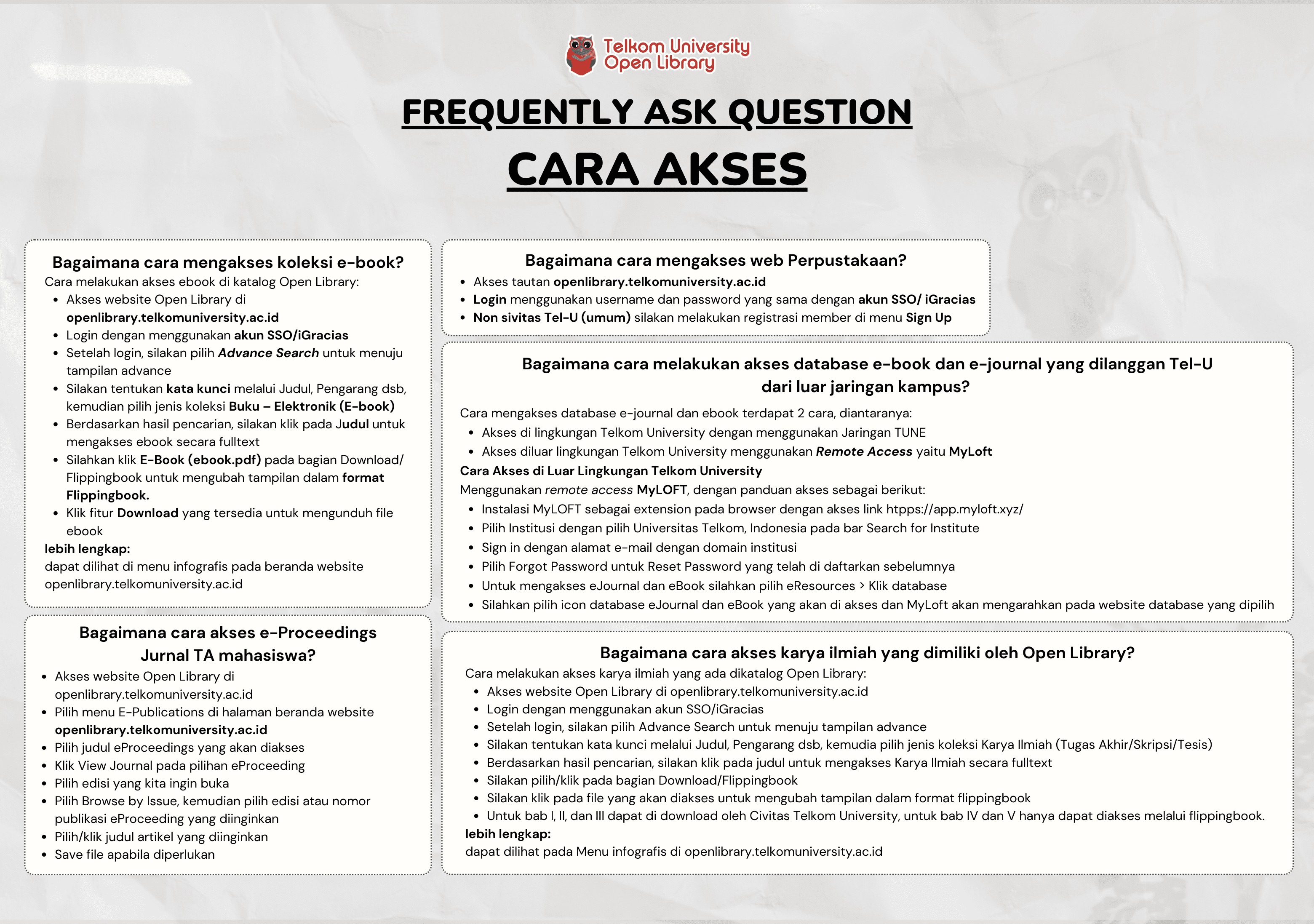Proceedings of the 19th Asia Pacific Automotive Engineering Conference & SAE-China Congress 2017: Selected Papers
Society of Automotive Engineers of China

Informasi Umum
Kode
21.21.1264
Klasifikasi
620.1064 - Automotive engineering.
Jenis
Buku - Elektronik (E-Book)
Subjek
Automotive Engineering
No. Rak
Dilihat
139 kali
Informasi Lainnya
Abstraksi
Lithium-ion batteries have been widely used as rechargeable power for electric vehicles for the big advantages of its high energy density and lightweight. However, as the explosive growth of electric vehicle equipped with lithium-ion batteries, more and more electric vehicle fire accidents caused by lithium-ion batteries have been reported, and the safety performance of lithium-ion battery has attracted great attention. Vehicle crashes are the leading cause of catching fires in electric vehicle accidents, while mechanical intrusion caused failure of battery which is the most common cause of these fires. The severe damage of a lithium-ion battery could result in an internal short circuit condition following a thermal runaway.
In order to reduce the risk of catching fires in electric vehicle crash accidents, it is necessary to study the response of the lithium-ion battery under mechanical loading. Sahraei et al. [1–5] performed a set of loading test on different types of lithium-ion cells and developed homogenized model which captured the short-circuit point well. Avdeev et al. [6] carried out lateral loading experiments on cylindrical lithium-ion battery cells and proposed two homogenization ways for jellyroll. Greve and Fehrenbach [7] introduced stress-based Mohr–Coulomb criterion as the short-circuit criterion for jellyroll and predictions of short circuit agreed well with the indentation and bending test data. Lai et al. [8–11] performed in-plane constrained test and developed two kinds of macrohomogenized material models. Choi et al. [12] carried out different kinds of mechanical tests to study the response
Koleksi & Sirkulasi
Tersedia 1 dari total 1 Koleksi
Anda harus log in untuk mengakses flippingbook
Pengarang
| Nama | Society of Automotive Engineers of China |
| Jenis | Perorangan |
| Penyunting | |
| Penerjemah |
Penerbit
| Nama | Springer |
| Kota | Singapore |
| Tahun | 2019 |
Sirkulasi
| Harga sewa | IDR 0,00 |
| Denda harian | IDR 0,00 |
| Jenis | Non-Sirkulasi |




















